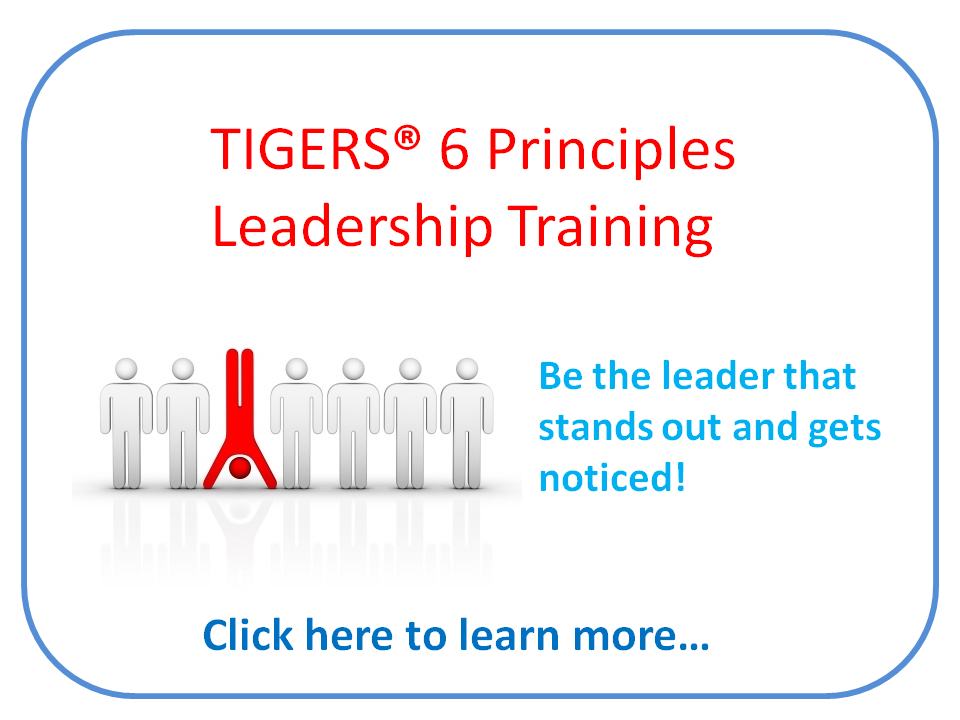
According to Gallup research, employees who use their strengths on a daily basis are 8 percent more productive and 15 percent less likely to quit than employees who do not use their strengths on a daily basis. These employees are also more likely to report that they have an excellent quality of life, and they are six times more likely to be engaged while at work. A complex system may be as simple as leaders learning their employees strengths and inspiring them to success.
Five leadership and employee team development strategies to increase productivity include:
Get leaders on board.
Understanding the strengths of team members and encouraging them to use their strengths on a daily basis does not happen without conscious effort and leadership. Every leader within the organization needs to be on board for a strengths-based development program to be successful. Productivity-focused leaders recognize their own strengths and limitations and are more successful in promoting their own productivity in the workplace. Rather than pretending to know everything, leaders should ask for help when they need it, which encourages team members to do the same, leading to more productive days.
Create a plan.
Productive people plan out their days and include time for sleep, tasks and breaks. Before heading to bed, take a few minutes to review and plan the following day. At TIGERS Success Series, we also encourage people to write a list of accomplishments and to feel satisfaction for achievements before turning off the light to sleep. This allows them to get a good night’s sleep, which is also important for productivity. By planning their day before bed and feeling a sense of satisfaction, people are able to release stress without using mental energy during the night to worry about what’s happening the next day.
Likewise during work, productive people set aside blocks of time to be productive and to take breaks. By setting aside two-hour blocks of time without the distractions of email, texts or the internet, you are better able to pour all of your energy into the task at hand. Then give yourself a break to recharge in a quiet space or through physical activity such as walking before your next block of time. You will get more done with this plan rather than trying to multitask and constantly losing productivity by switching between tasks.
Complete important tasks first.
People are most productive during the first three hours of their day. From the morning to the early afternoon, people experience a decrease in cognitive functioning with cognitive slumps happening around 1:00 PM. The most important work should be completed within the first three hours of arrival. Rather than being reactive to your day – answering emails and attending meetings – you should be proactive to your day and tackle the most important and tough tasks right away. Make your phone calls, meet with colleagues and answer questions and emails later in the day when your cognitive functioning has already decreased to get the most done during the day. For leaders, switching team meeting time to the afternoon is one of the best strategies for boosting productivity.
Play nature sounds or create places for employees mentally and emotionally rest.
In open layout offices, employees might feel that they have little privacy to complete daily tasks or engage in important conversations with other employees. To create a sense of privacy and increase productivity, neuroscientists suggest playing nature sounds in the background or creating quiet places for employees to emotionally and mentally recharge. Nature sounds have been shown to boost concentration, and in open offices, the ongoing research suggests that workers are more satisfied with their positions and better able to focus and complete tasks when nature sounds fill the background noise at the office.
 Build strong teams.
Build strong teams.
Many tasks are best accomplished in a team setting, but teams are only as strong as the weakest team member. When you consider that everyone has strengths and weaknesses, possessing the humility to focus on strengths while being mutually responsible for personal weaknesses is the hallmark of a high performance team. Strong team members understand how to prioritize and they are quick to respond. And, a team can only go so far on the back of one or just a few top performers. Everyone must understand the importance of their role, and they need to be held accountable from the other team members and leaders. This is what being mutually responsible for personal weaknesses is about and it requires Genuineness.
Genuineness, which is the “G” in TIGERS, goes a long way to make high performance teamwork happen. Leaders who are genuine know the importance of talking to their team members, getting to know them on a personal level and leading them as an individual, rather than as a replaceable entity. They are also more willing to listen to employee ideas and suggestions for team improvement. Leaders who struggle in this area can benefit from the TIGERS self-study program for leaders, which teaches them how to apply the six TIGERS common-sense principles to improve collaboration and cooperation in the workplace.
Engaged and productive employees are essential for an organization’s success. Leaders who understand how their performances affects their fellow team members’ performances is key. Employees who deploy their strengths on a daily basis are more satisfied with their positions and are more productive. Leaders who implement strength based strategies and team Interdependence to improve employee productivity are ahead of the game. Strategies include getting all leaders on board, creating a plan, completing important tasks first, creating spaces with nature sounds and solitude in the office and building strong teams.
Here are some additional resources that add to this conversation:
- Employees Who Use Their Strengths Outperform Those Who Don’t
- 7 Simple Things Really Productive People Do Every Day
- What Psychology Teaches Us About Structuring Our Workday to Get the Most Done
- Workers in Open-Plan Offices Are Much More Productive If You Do This)
- 5 Productivity Lessons Even Smart Office Workers Need to Learn
Copyright TIGERS Success Series, Inc. by Dianne Crampton
About TIGERS® Success Series, Inc.

We do this by deploying the TIGERS® team process that improves workforce behaviors that are anchored by trust, interdependence, genuineness, empathy, risk resolution and success. Providing diagnostics and customized team interventions, you can improve both work culture and transform your adequate teams into exceptional ones.
We also license and train HRD Executives, Project Managers, Managers, Trainers and Team Consultants in the use of our award winning resources. It takes a tribe to improve the world of work for millions of employees globally. For more information, call 1+ 541-385-7465.
